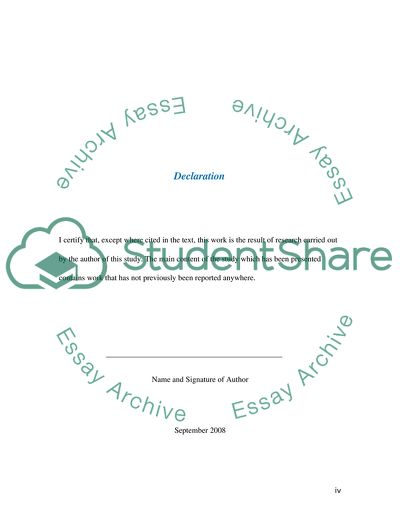Cite this document
(Recruitment Practices in Industry and the Impact of Technology on Literature review, n.d.)
Recruitment Practices in Industry and the Impact of Technology on Literature review. https://studentshare.org/human-resources/1716194-critically-evaluate-the-main-recruitment-strategies-used-in-industry-in-general-what-impact-will-technology-have-on-these-recruitment-practices
Recruitment Practices in Industry and the Impact of Technology on Literature review. https://studentshare.org/human-resources/1716194-critically-evaluate-the-main-recruitment-strategies-used-in-industry-in-general-what-impact-will-technology-have-on-these-recruitment-practices
(Recruitment Practices in Industry and the Impact of Technology on Literature Review)
Recruitment Practices in Industry and the Impact of Technology on Literature Review. https://studentshare.org/human-resources/1716194-critically-evaluate-the-main-recruitment-strategies-used-in-industry-in-general-what-impact-will-technology-have-on-these-recruitment-practices.
Recruitment Practices in Industry and the Impact of Technology on Literature Review. https://studentshare.org/human-resources/1716194-critically-evaluate-the-main-recruitment-strategies-used-in-industry-in-general-what-impact-will-technology-have-on-these-recruitment-practices.
“Recruitment Practices in Industry and the Impact of Technology on Literature Review”. https://studentshare.org/human-resources/1716194-critically-evaluate-the-main-recruitment-strategies-used-in-industry-in-general-what-impact-will-technology-have-on-these-recruitment-practices.


